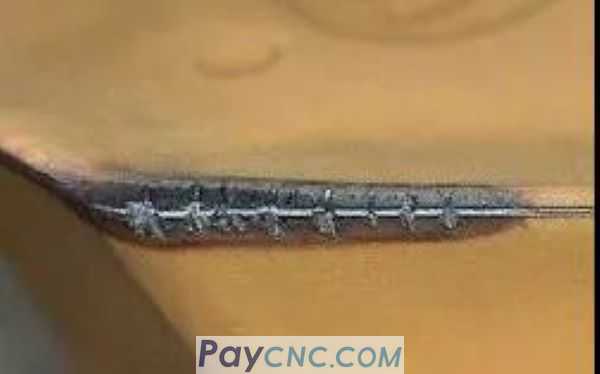The milling process is essentially an intermittent machining process. This causes the temperature at the cutting edge to continuously fluctuate between high temperature (about 1000 ℃) and low temperature.
1. The influence of cutting fluid
When the cutting edge cuts in and cuts out, the temperature change will increase. Therefore, the cutting edge is subject to thermal shock and periodic stress, which may cause cracks, and in the worst case, may lead to the premature end of the tool life.
The higher the temperature of the cutting area, the less suitable the use of cutting fluid.
In the finishing process, since the heat generated is reduced, the use of cutting fluid will not shorten the tool life as much as in rough machining.

2. Dry milling
Dry milling can extend the life of the cutting edge. The temperature will indeed change, but it will remain within the design range of the cemented carbide material.
The rough milling process should always be performed without the use of cutting fluid.
3. Wet milling with cutting fluid
There are some exceptions where cutting fluid should be used:
1) Finishing of stainless steel and aluminum alloy-used to prevent metal particles from adhering to the surface structure;
2) Milling of superalloys at low cutting speeds-used to lubricate and cool parts;
3) Cast iron milling, used for wetting and washing away dust, to protect the environment and health and ensure the accuracy of parts;
4) Milling of thin-walled parts to prevent geometric deformation;
5) When processing deep cavities, a micro-lubrication system (that is, compressed air containing a small amount of special oil) can be used to assist chip removal.
In the micro-lubrication system, the amount of "oil mist" is only a few milliliters of oil per hour, and it is discharged through a common filter ventilation system.
If wet milling must be performed, sufficient cutting fluid should be used.
|
 |
| Products Catalogue | Home | About Us | Retrofit | Download | News | Tech Support | Contact Us | |
|
|
|
